Mexican security officials say the country’s most violent drug organizations are shipping in combat experience by recruiting former Colombian soldiers, a trend that surfaced publicly after 12 Colombian nationals were arrested June 3 in La Huacana, Michoacán. Nine of those detainees had served in Colombia’s army; all now face homicide and terrorism charges for a roadside-mine attack that killed eight Mexican National Guard members. Mexico’s security secretary, Omar García Harfuch, called the episode “proof that our cartels are professionalizing their war with foreign fighters” and confirmed that both the Jalisco New Generation Cartel (CJNG) and factions of the Sinaloa cartel have active Colombian‐recruitment pipelines.
From Combat Veteran to Hired Gun
Colombia’s 2016 peace accord with FARC and subsequent defense-budget cuts pushed thousands of mid-career soldiers into retirement with pensions as low as $250 a month. Recruiters posing as private-security contractors exploit that pool, advertising on WhatsApp, Facebook, and even TikTok. Job posts promise $3,000 a month for “VIP protection” or “infrastructure security” in Mexico; the real employers are criminal syndicates that move the new hires to rural strongholds, confiscate their passports, and assign them to train sicarios, build improvised explosive devices, or fight rival cartels.
Freddy, a 46-year-old former Colombian infantryman interviewed anonymously, said he answered an online ad for the French Foreign Legion, flew to Mexico City, and was whisked to a CJNG camp in the Tierra Caliente region. There, his handlers seized his papers and put him to work teaching rifle marksmanship to teenage recruits. “They said if anyone tried to leave, they would kill our families back home,” he recalled after escaping eight months later by trekking into a military zone.
Arrests and Airport Turn-Backs
Mexico’s National Migration Institute has denied entry to at least 69 Colombian travelers since May, following tipoffs from Bogotá that some planned to join cartels. Interviews conducted at Mexico City’s airport revealed several admitted they had been “co-opted by a criminal group,” according to García Harfuch. Colombian ambassador Fernando García fears the crackdown will snag legitimate tourists and slow progress on a bilateral accord meant to streamline travel, but both governments say they have no choice as long as recruiters target veterans.
The recruitment wave is not unprecedented. In 2021 Guatemalan police captured three former Guatemalan Kaibiles special-forces troops working for the now-defunct Zetas cartel in northern Mexico. Yet analysts say the Colombian influx is larger and more sophisticated, reflecting the size and professionalism of Colombia’s U.S.-backed army—the biggest in Latin America.
Pay Scales and Battlefield Roles
Mexican military-intelligence files leaked last year by the Guacamaya hacktivist collective listed salaries ranging from $600 a week for new arrivals to $1,500 for demolitions experts. That is five to ten times what many veterans earn in Colombia’s private-security sector. Cartel commanders often assign Colombians dual roles as “player-coaches”: they lead small assault teams while instructing locals in ambush tactics, drone-bomb assembly, and land-mine placement. Investigators say Colombians helped CJNG perfect the “monstruo” tactic—converted pick-ups with steel plating used in convoy warfare—and modified commercial drones to drop 40-millimeter grenades on rival camps.
Global Mercenary Network
Colombian veterans have turned up far beyond Mexico. Haitian prosecutors blame 26 ex-soldiers for the 2021 assassination of President Jovenel Moïse, and Colombian officials estimate more than 300 volunteers have died fighting for Ukraine since Russia’s invasion. Yemen, Sudan, and Ecuador have also reported Colombian mercenaries in conflicts or high-profile killings. Elizabeth Dickinson of the International Crisis Group calls them “the ideal recruit—battle-tested, relatively cheap, and accustomed to jungle warfare.”
Security Implications For Mexico
Imported expertise has raised the lethality of cartel turf wars. The Michoacán mine attack—the deadliest single incident for Mexico’s federal forces this year—echoed tactics from Colombia’s guerrilla conflicts. Mexican Army bomb-squad officers say the triggering mechanism matched devices favored by FARC dissidents, and drone footage captured a disciplined withdrawal pattern rather than the disorderly retreats typical of cartel gunmen. “We’re seeing military doctrine on the battlefield,” a senior Mexican general told reporters, requesting anonymity.
The infusion of foreign fighters complicates U.S. policy as well. Former DEA operations chief Derek Maltz argues that Colombian mercenaries “strengthen the case” for designating cartels as foreign terrorist organizations and even for limited U.S. strikes in Mexico—a possibility President Trump has repeatedly floated. Mexico’s government opposes any armed U.S. intervention but has quietly welcomed expanded U.S. intelligence support under this year’s Joint Security Corridor agreement.
Responses From Bogotá and Mexico City
Colombian President Gustavo Petro, who confirmed the military background of the Michoacán suspects, supports a bill signing on to the U.N. Mercenary Convention, which criminalizes foreign-fighter recruitment. Critics at home say the measure stigmatizes veterans instead of addressing low pensions and scant job programs. “Until the government offers real economic opportunity, men trained only for war will keep looking abroad,” said Ricardo Rodríguez, a former army captain turned security consultant.
Mexican President Claudia Sheinbaum announced an interagency task force to map recruitment pipelines, freeze cartel payments routed through fin-tech apps, and share biometrics with Colombian police to flag high-risk travelers. She also directed the Secretariat of Defense to create a specialized unit for counter-IED operations, staffed partly by U.S.-trained engineers.
Human-Rights and Humanitarian Concerns
Veterans who fall prey to cartel deception describe conditions akin to indentured servitude. One ex-police officer said he earned just $300 a month as a battlefield medic and saw minors forced into combat. Human-rights groups warn that foreign fighters, stripped of documents and threatened with retaliation against their families, have limited avenues for rescue or repatriation. Colombian consular officials rescued three such men last November, but the process required weeks of covert coordination with Mexican military units.
Outlook
Security analysts believe demand for foreign talent will persist as Mexican cartels diversify into synthetic-drug production and territorial control. Unless economic conditions improve in Colombia—or the two governments develop a real-time vetting system—recruiters will keep browsing social-media profiles of underpaid veterans. Meanwhile, the presence of trained professionals escalates the Mexican state’s already daunting mission: defending civilians and restoring rule of law in regions where drug organizations, now armed with imported military skill, continue to function like parallel armies.
For Washington, the trend tightens the nexus between hemispheric instability and U.S. homeland security. Colombian mercenaries coaching CJNG bomb specialists are only one flight from the southern border. Policymakers face a choice: intensify cross-border intelligence and economic cooperation, or watch as organized crime globalizes its own version of military outsourcing. Either way, the trade in combat expertise has become another front in the Americas’ widening security crisis.



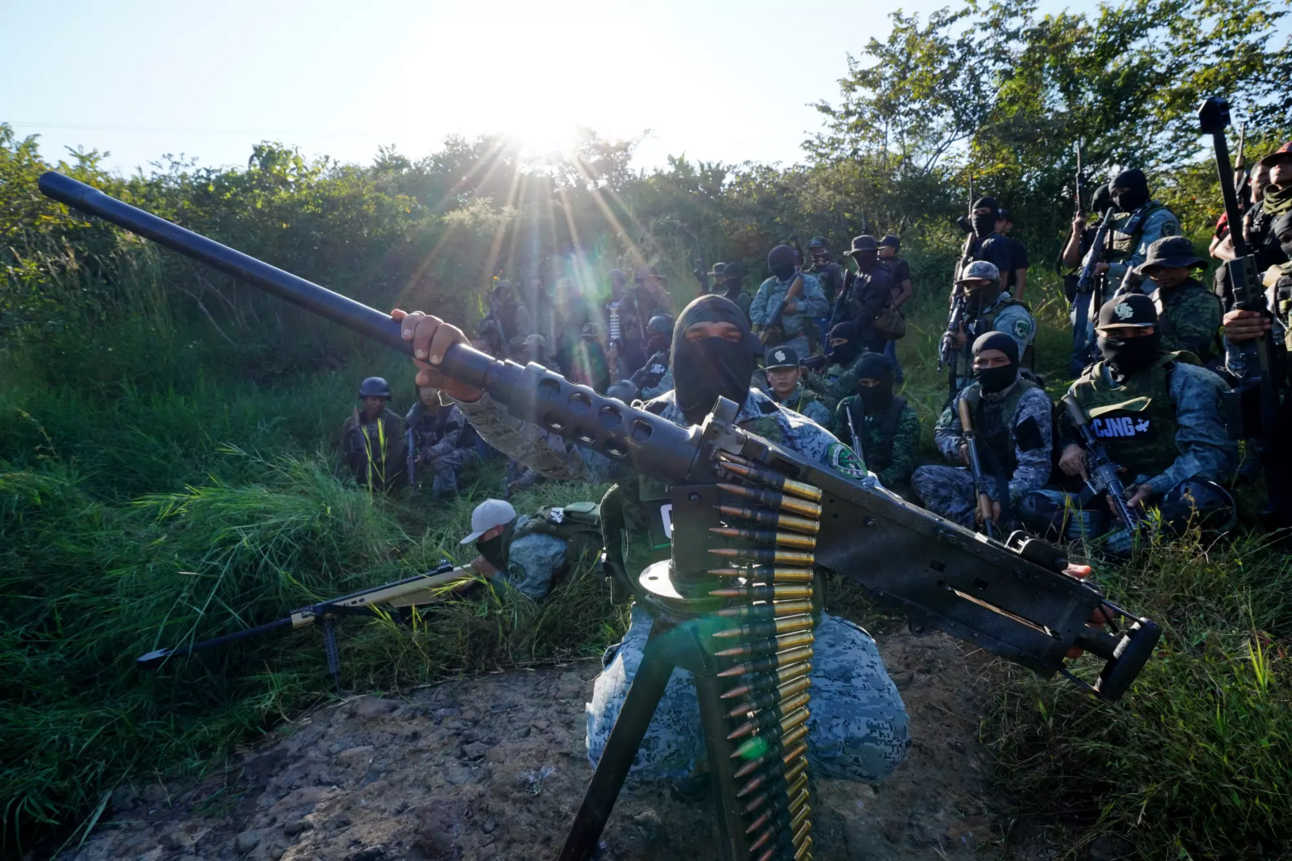
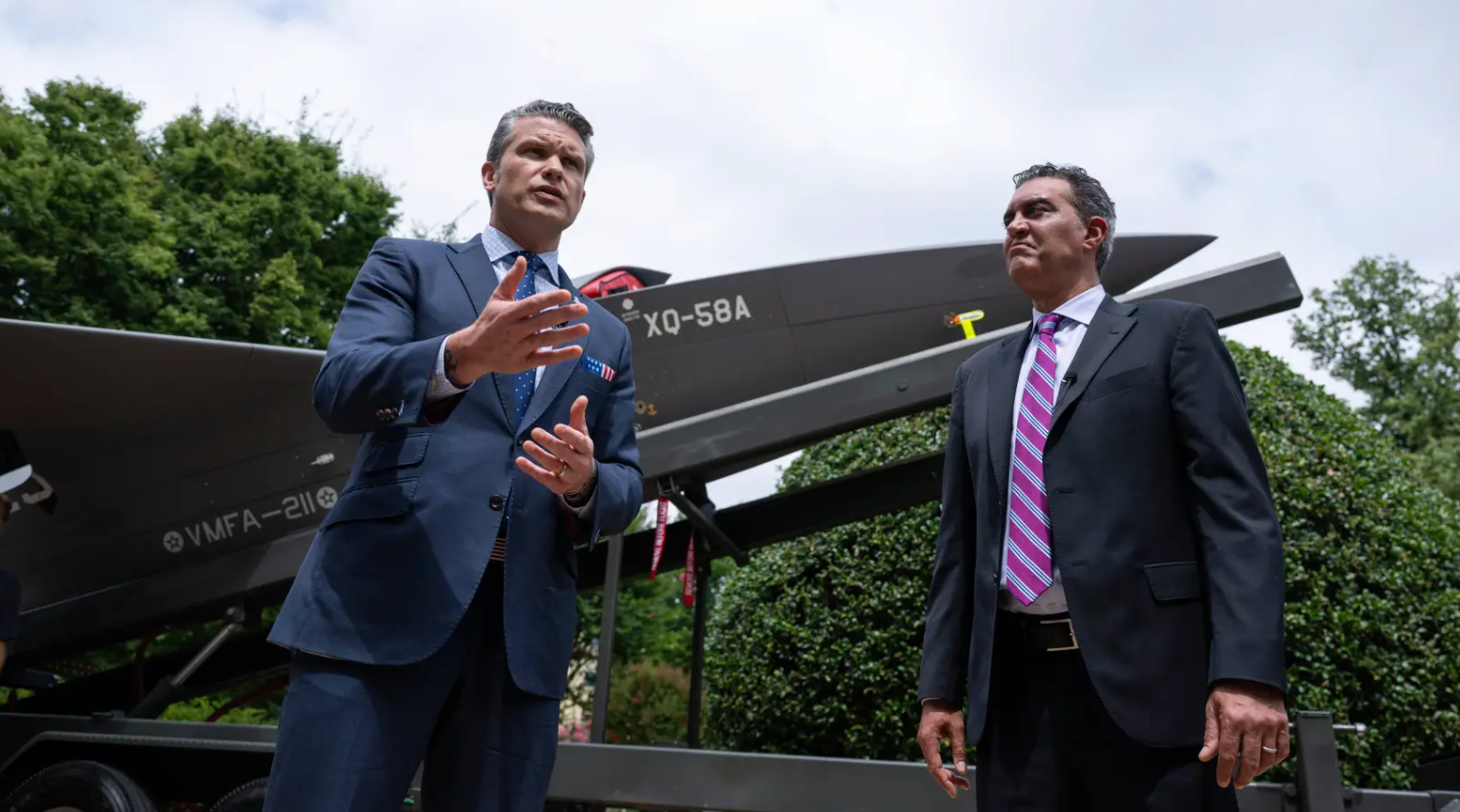

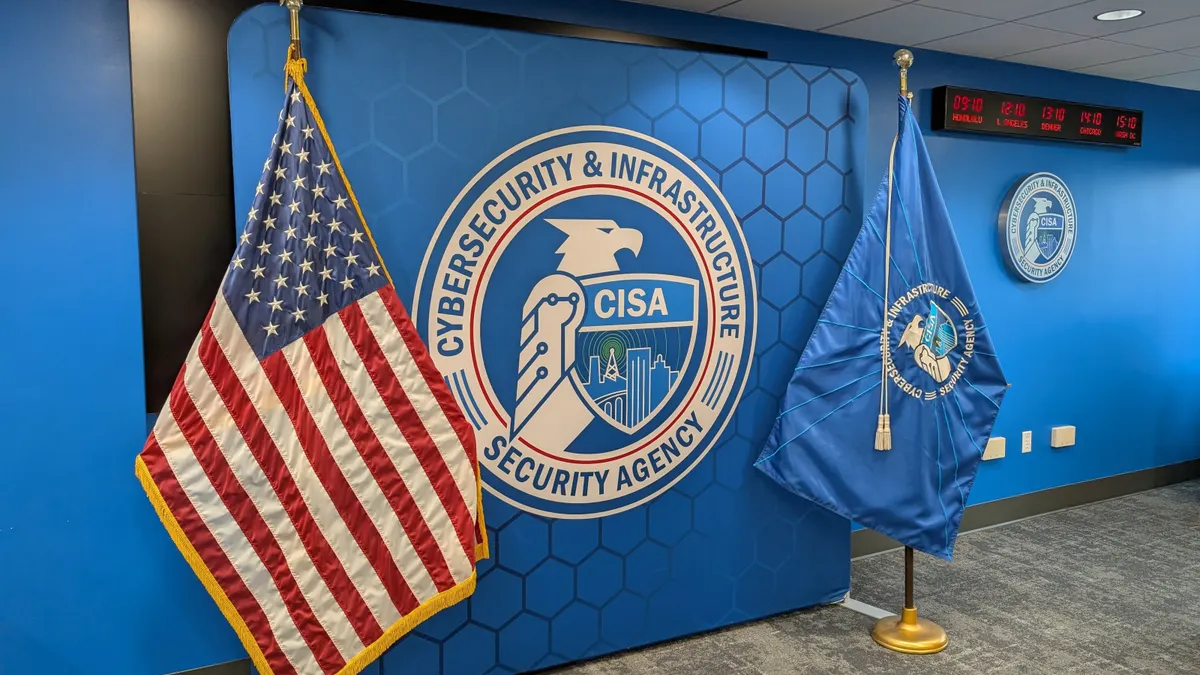
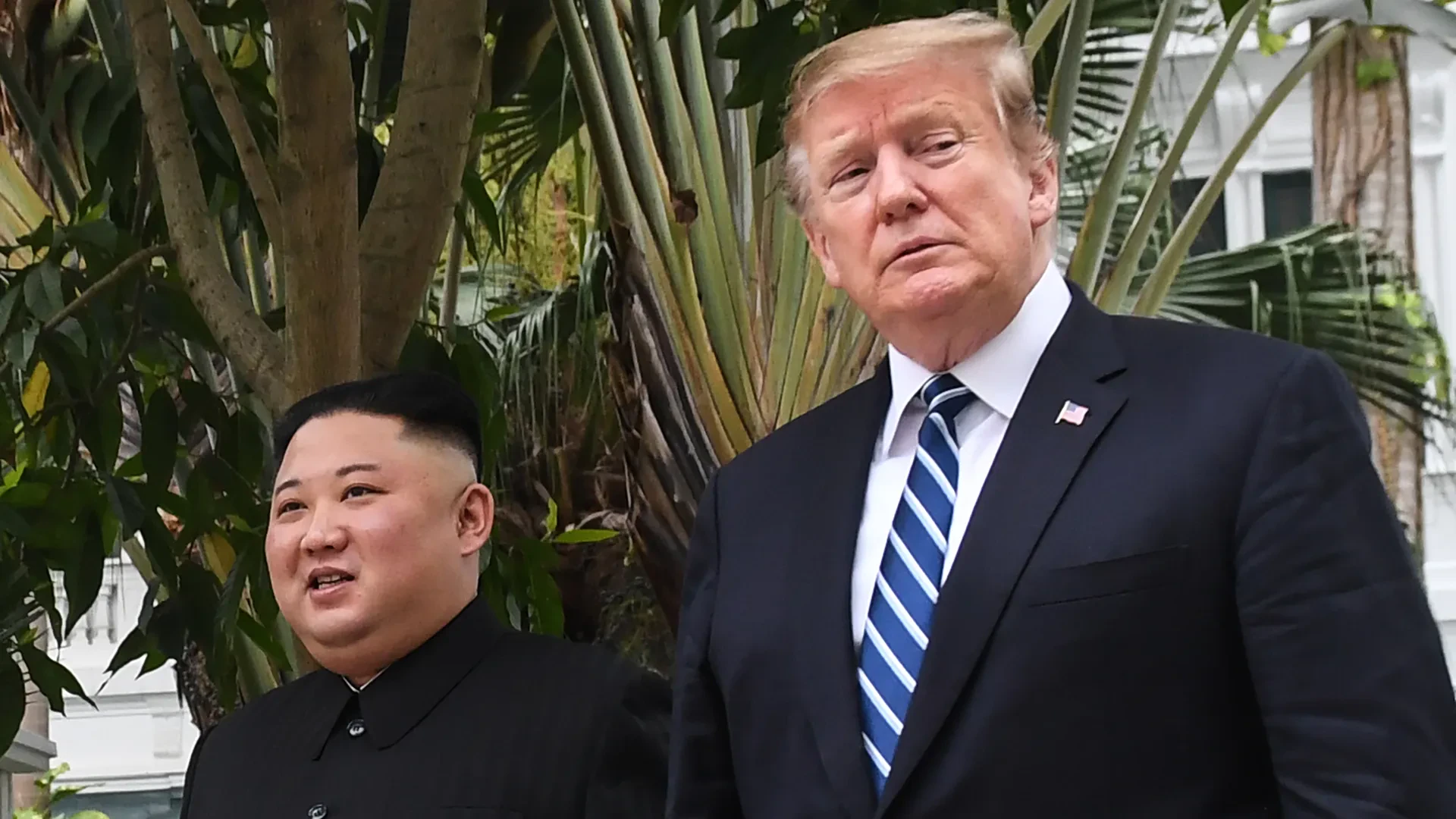


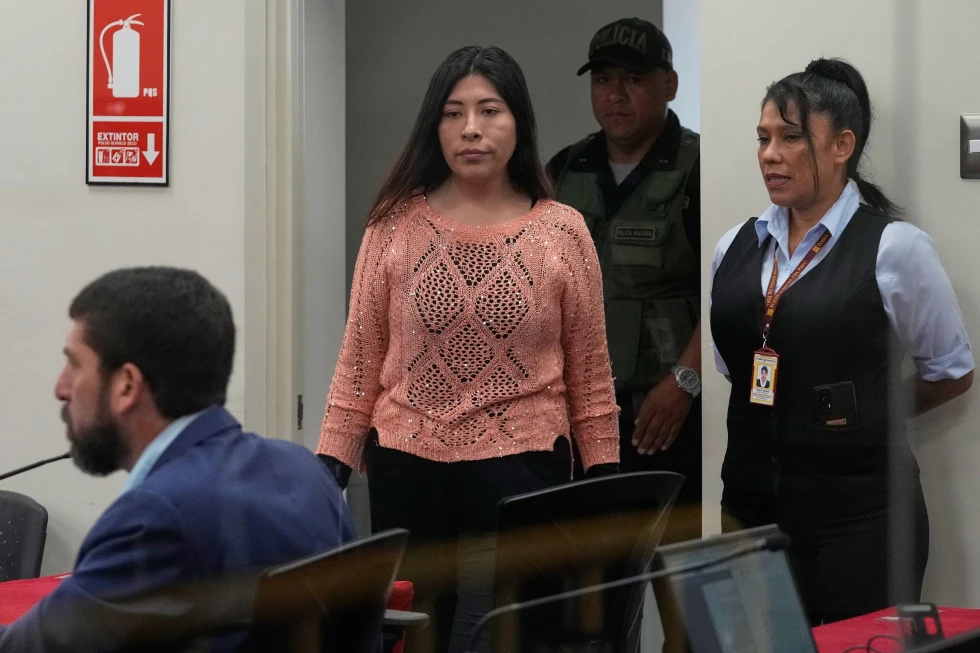
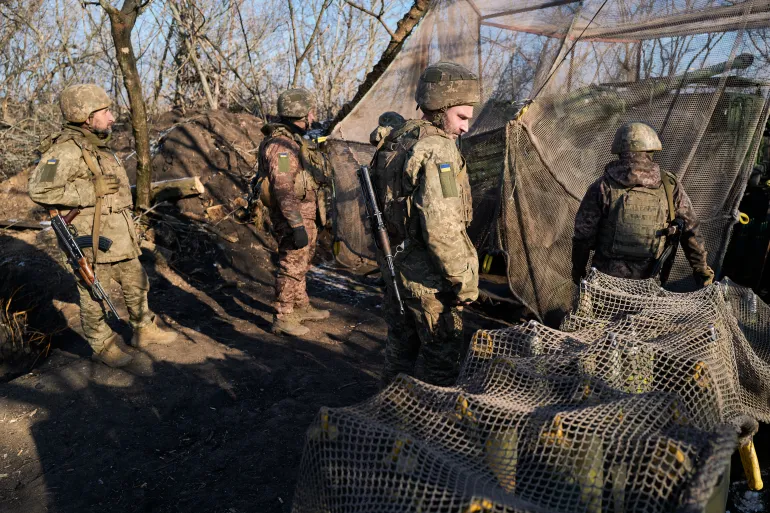

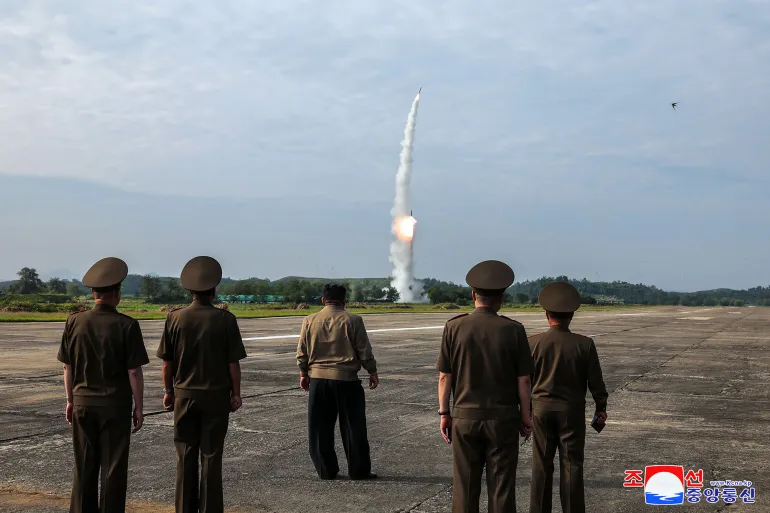

Discussion